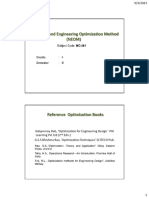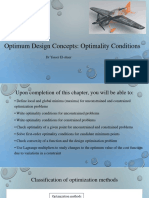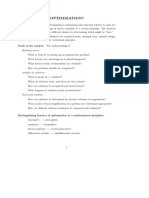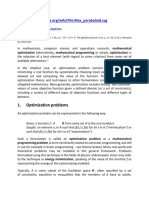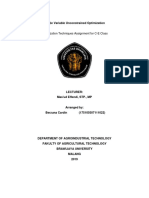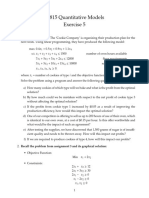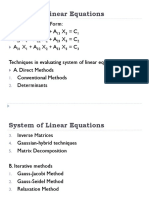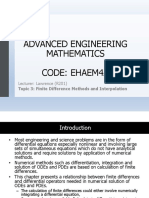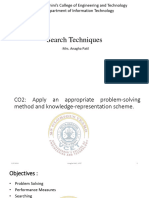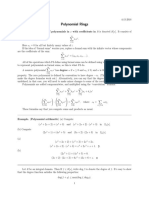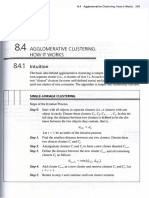0% found this document useful (0 votes)
12 views23 pages482 LectureNotes Chapter 2
Chapter 2 discusses various optimization techniques used by engineers to enhance product design and reduce production costs. It covers the classification of optimization problems based on constraints, design variables, physical structure, and the nature of equations involved, along with classical optimization techniques for single and multi-variable functions. Additionally, it introduces genetic algorithms as a method for evolving solutions based on a fitness function.
Uploaded by
Anitha SakthivelCopyright
© © All Rights Reserved
We take content rights seriously. If you suspect this is your content, claim it here.
Available Formats
Download as PDF, TXT or read online on Scribd
0% found this document useful (0 votes)
12 views23 pages482 LectureNotes Chapter 2
Chapter 2 discusses various optimization techniques used by engineers to enhance product design and reduce production costs. It covers the classification of optimization problems based on constraints, design variables, physical structure, and the nature of equations involved, along with classical optimization techniques for single and multi-variable functions. Additionally, it introduces genetic algorithms as a method for evolving solutions based on a fitness function.
Uploaded by
Anitha SakthivelCopyright
© © All Rights Reserved
We take content rights seriously. If you suspect this is your content, claim it here.
Available Formats
Download as PDF, TXT or read online on Scribd
/ 23

